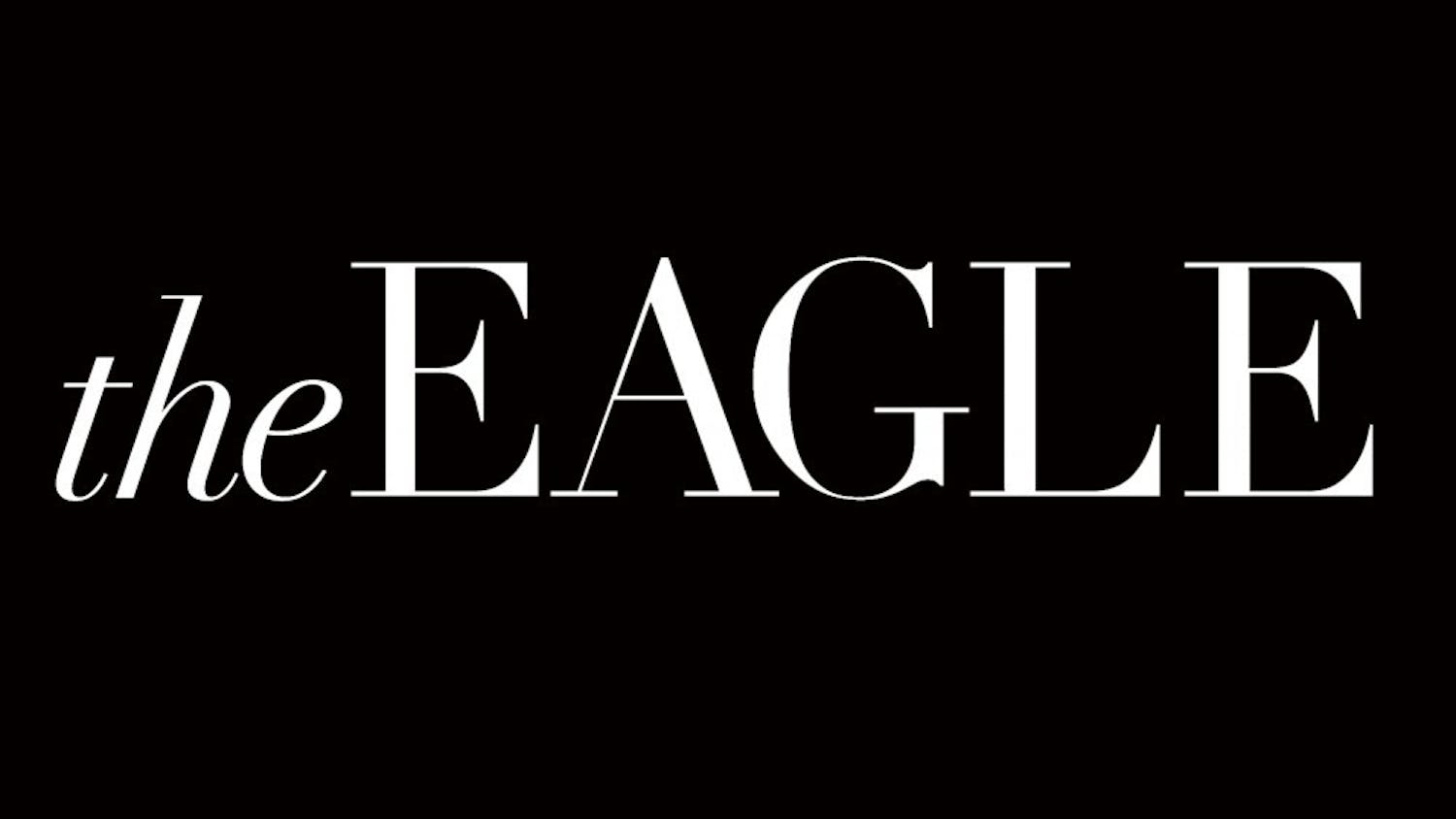One of the best things about this city are its museums. Thanks to tax dollars paid by the rest of country, many of them are free and open to anyone who can get through security. Recently, I took advantage of the generous contributions of my fellow countrymen and took my visiting mother on a kind of historical tour.
We stopped by the Thomas Jefferson Building at the Library of Congress, which is one of my favorite buildings in D.C., simply because of how over-the-top it is. Built in the 1890s, it’s a splendid example of Gilded Age architecture and decorating from a time when the prevailing aesthetic philosophy seemed to be “Stick a facade on anything that stands still long enough to have a facade stuck on it — then paint it orange.”
The 1890s were a wild decade in American history. As the country moved toward discovering movies, automobiles and ragtime, the Library’s architects cast their gazes backward to Ancient Greece and Rome and proceeded to slap mythological motifs on every available surface. In a time of economic crisis beginning in 1893, they gold-plated columns and put in elaborate stained glass ceilings. My mother and I also dropped by the National Portrait Gallery. Before the art gallery moved in, the building on F and 8th Streets housed the Old Patent Office Building, an impromptu Civil War hospital and the Bureau of Indian Affairs. The great poet Walt Whitman worked at the Bureau of Indian Affairs as a clerk until he was fired because of his controversial book of poems Leaves of Grass, which contains his 1865 elegy for Lincoln, “When Lilacs Last in the Dooryard Bloom’d.” At the building where Whitman once worked, there is currently a collection of Lincoln paraphernalia relating to his second Inaugural Ball, assassination and funeral. Looking at the faded photos of the Lincoln’s funeral procession calls to mind Whitman’s description of the “coffin that passes through lanes and streets ... With the pomp of the inloop’d flags, with the cities draped in black.” As you read those works, history doesn’t seem so distant.
The main attraction of the National Portrait Gallery is, of course, the portraits. There are certainly famous portraits of our leaders —Washington standing around in his Continental Army uniform and Lincoln sitting in a chair looking appropriately contemplative. These are images that show up in pretty much any American history textbook ever printed and they are nailed to the wall of this gallery for our viewing pleasure. Getting close enough to actually see the artists’ brush strokes is the kind of experience that sends shivers down the spines of history buffs.
For many of us, myself included, the opportunity to live in Washington, D.C. is the chance of a lifetime. The eyes of the country and the world watch this place. History lines its walls and fills its crevices. It’s like nowhere else in the world. And, for four years at least, it’s our city, in which to discover and dream.
Casey Petroff is a freshman in the School of International Service and a moderate liberal columnist for The Eagle. You can reach her at edpage @theeagleonline.com.




